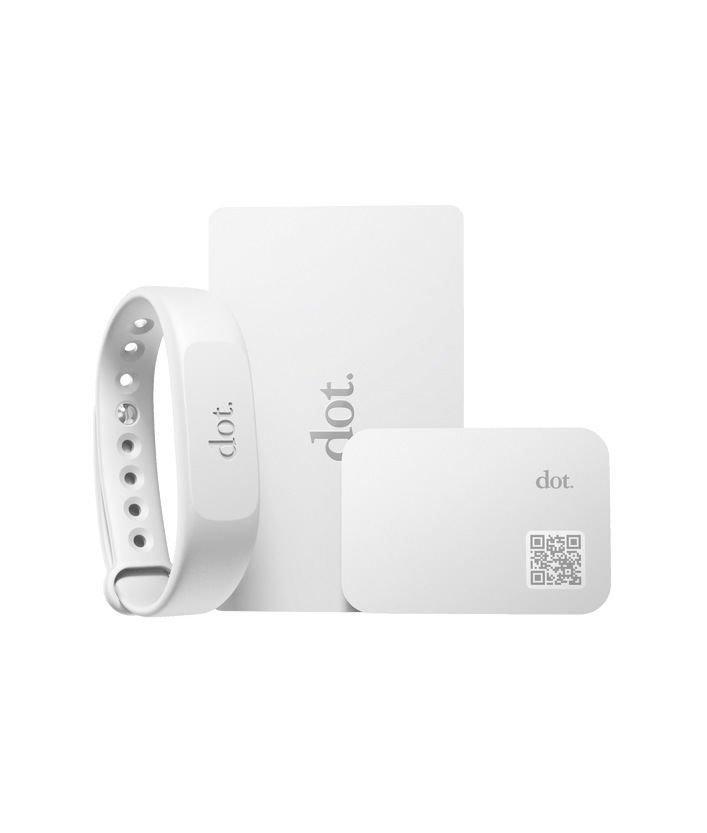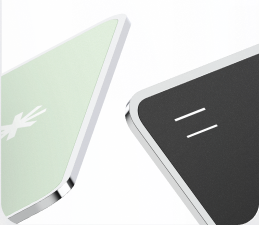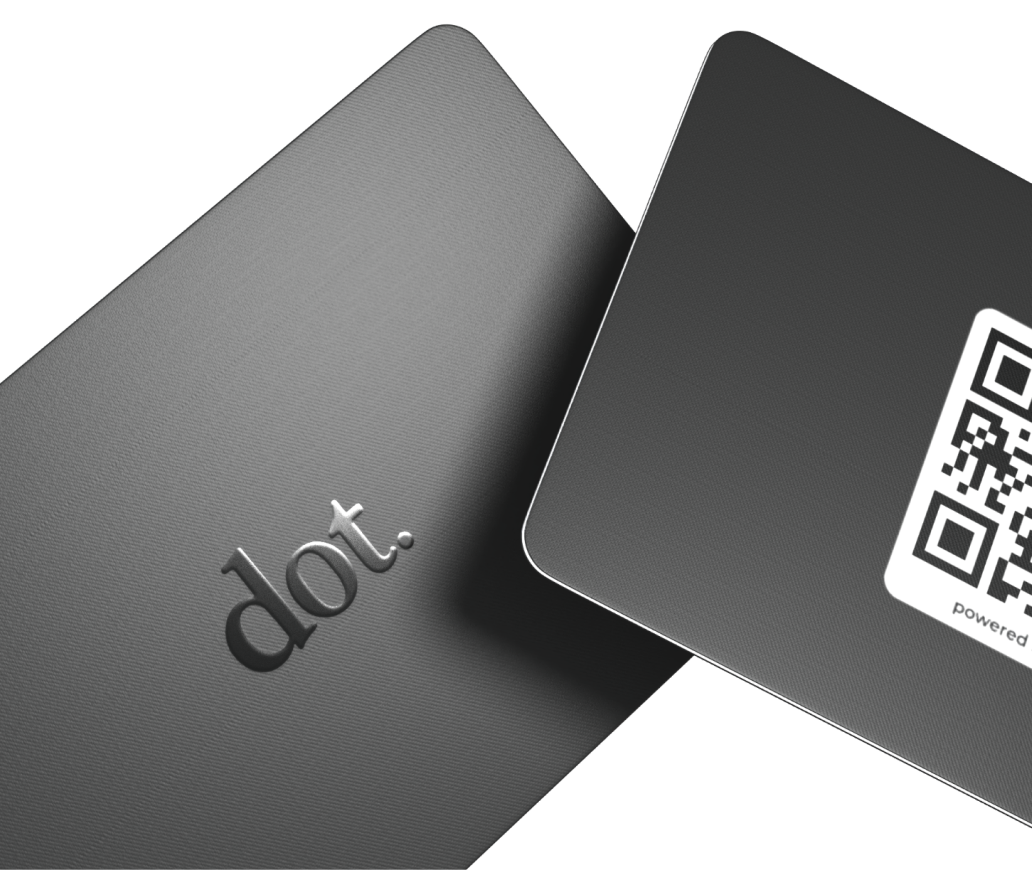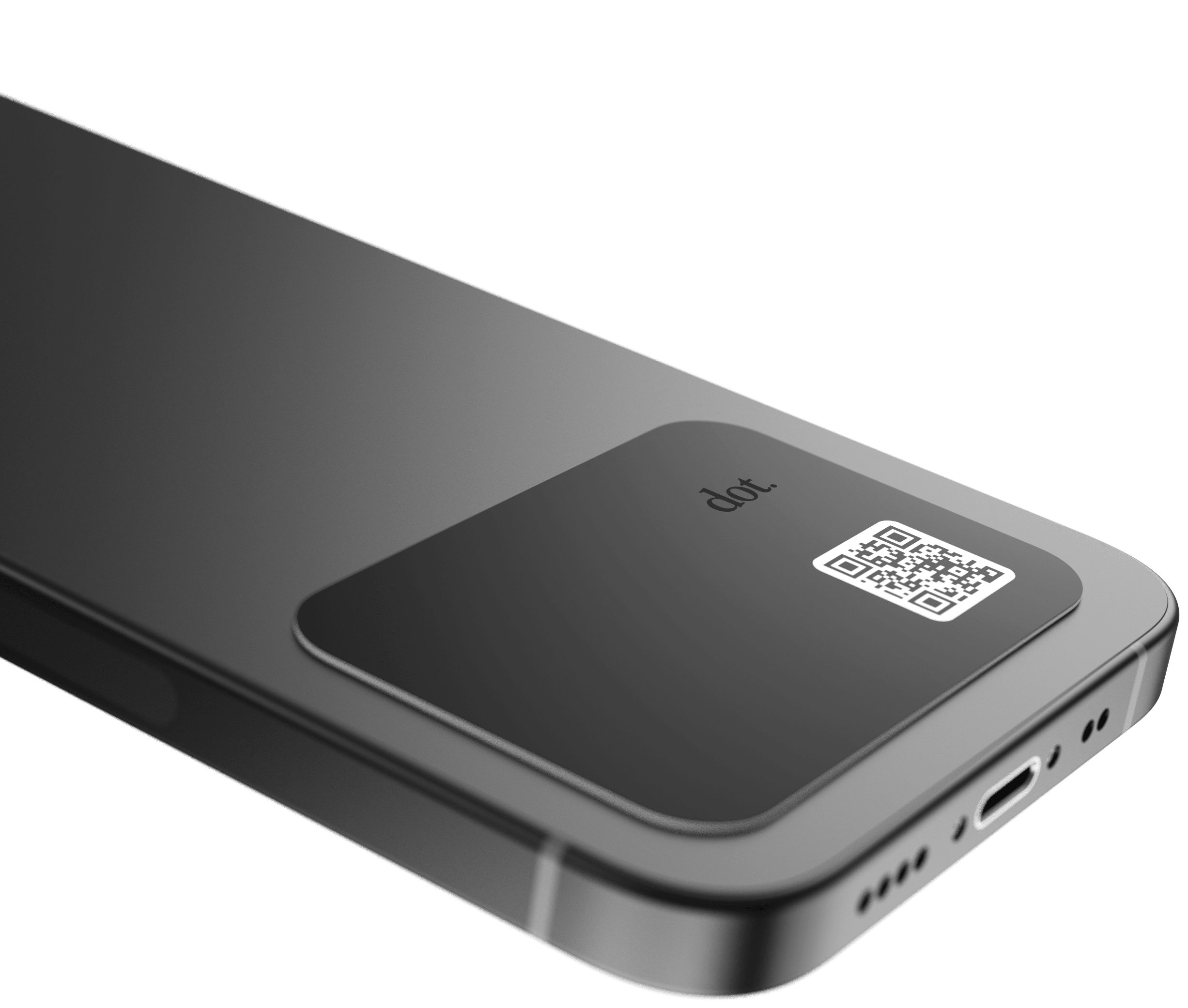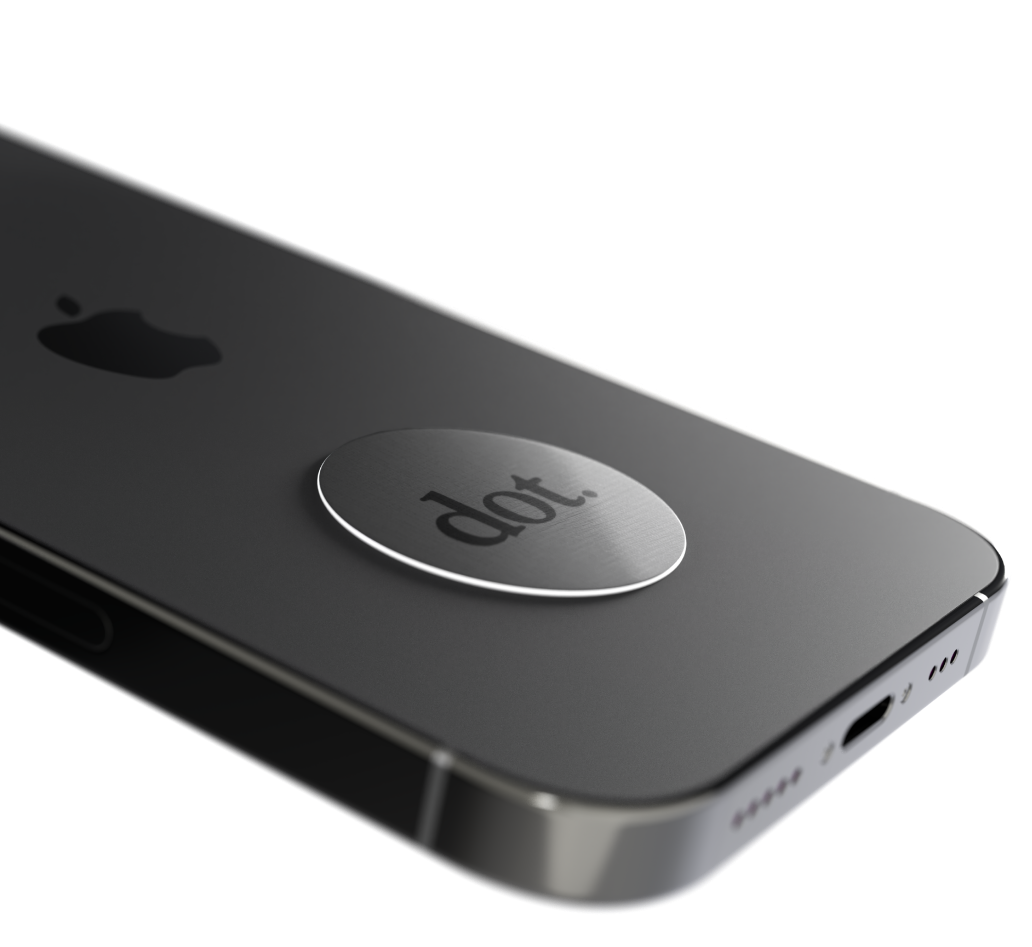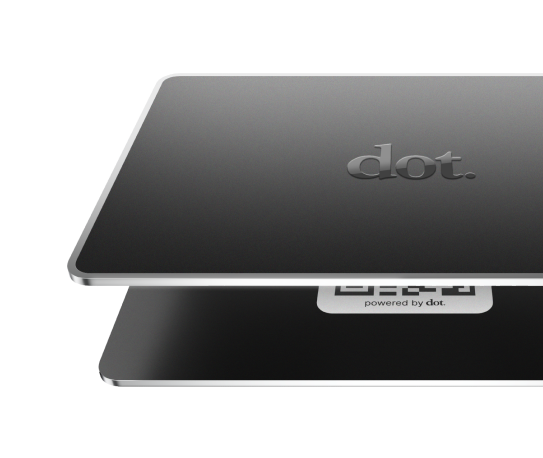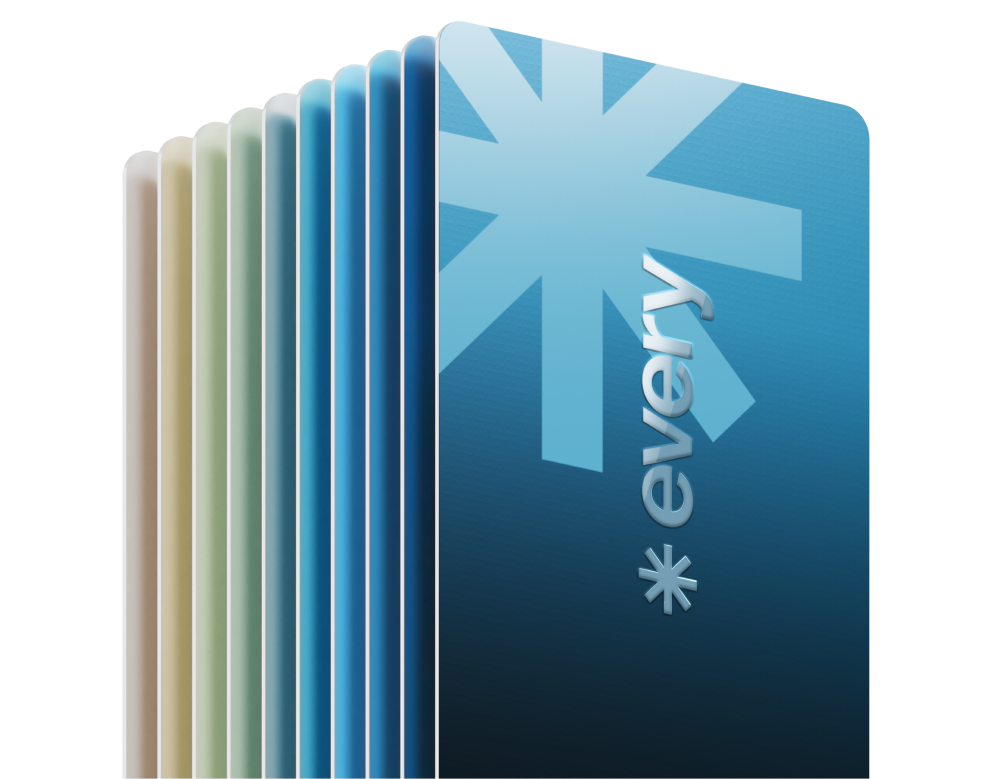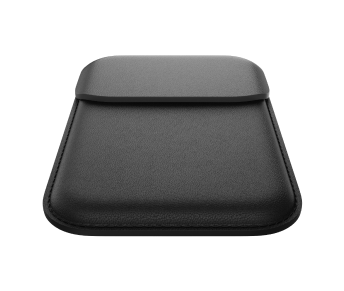Gathering customer feedback is an essential component of any successful business strategy. However, it's not enough to simply collect feedback – the true value lies in utilizing that feedback to improve products and services. The old adage of “the customer is always right” still rings true to this day. Ultimately, your customers will inform your business decisions as they will tell you what they want. In order to understand what it is your customer’s are communicating, be sure to read through this article, as we will delve into effective strategies for analyzing and utilizing customer feedback to drive product innovation, complete with real-life examples.
1. Collect Feedback from Multiple Sources
To gain a well-rounded understanding of your customers' experiences and opinions, it's essential to collect feedback from a range of sources. This can include online surveys, social media comments, in-person interviews, and product reviews. By gathering feedback from different touchpoints, you can identify patterns and trends that can help you improve your products in meaningful ways.
For example, imagine you run a restaurant and notice a dip in your customer satisfaction scores. By collecting feedback from multiple sources, such as Yelp reviews and social media comments, you may discover that customers are dissatisfied with the time it takes to receive their food. Armed with this knowledge, you can take action by streamlining your kitchen operations, reducing wait times, and ultimately improving the overall customer experience.
2. Categorize Feedback by Themes
After collecting feedback, it's important to categorize it by themes in order to gain a clear understanding of the most pressing issues. This can be achieved by using tools like sentiment analysis, which can help identify common themes across a large volume of feedback.
For instance, let's say you operate an e-commerce store and receive customer feedback indicating that your checkout process is overly complicated. By categorizing this feedback into a "checkout process" theme, you can prioritize fixing this issue to improve the overall user experience and reduce cart abandonment rates. Placing things in order of importance helps to target common pain points that your customers are really honing in on.
3. Prioritize Feedback Based on Impact and Feasibility
While all customer feedback is valuable, it's important to prioritize which issues to address first. This can be achieved by prioritizing feedback based on impact and feasibility. To be clear, impact refers to the number of customers affected by a particular issue, while feasibility refers to how easy it is to implement a solution.
To break this down further, imagine you manage a software company and receive feedback indicating that a particular feature is causing frequent crashes. While this issue may be impacting a significant number of users, it may be more feasible to address a smaller issue that has a simpler solution first. By prioritizing feedback based on impact and feasibility, you can allocate resources more effectively and maximize the impact of your efforts by making informed decisions on the fly!
4. Engage Customers in the Product Development Process
Involving customers in the product development process can be an effective way to gather feedback and ensure that you are meeting their needs. This can be achieved through methods like beta testing, surveys, or focus groups. By gathering feedback early on in the development process, you can avoid costly mistakes and ensure that your final product meets your customers' expectations.
Imagine you are developing a new product and want to ensure that it meets your customers' needs. By engaging a group of beta testers, you can gather feedback on the user experience and identify any potential issues before the product is released to the wider market. This can ultimately save you time and money, while also improving customer satisfaction by extending an olive branch of transparency and communication, which works wonders in fostering customer trust long term.
5. Iterate and Improve
It goes without saying that it's important to remember that utilizing customer feedback is an ongoing process. By continuously iterating and improving your products based on customer feedback, you can stay ahead of the competition and ensure that your customers remain satisfied over the long term. Your job as a business owner is never finished, and continuous iteration is necessary in order to maintain the growth of your product and your clientele.
Let's say you run a clothing store and receive feedback indicating that customers would prefer more sustainable and eco-friendly products. By taking this feedback on board, you can gradually introduce more sustainable materials and products into your inventory, improving your overall brand image and meeting the evolving demands of your customer base as they come. This adaptability was born from your ability to hear out your customers’ feedback and respond in kind.
The Bigger Picture
By following these strategies, you can effectively utilize customer feedback to drive product innovation and stay ahead of the curve. Remember to collect feedback from multiple sources, categorize feedback by themes, prioritize feedback based on impact and feasibility, engage customers in the product development process, and continuously iterate and improve your products based on customer feedback.
Ultimately, gathering customer feedback is not enough on its own - businesses must know how to effectively utilize that feedback to drive product innovation and improve customer satisfaction. By implementing these strategies, businesses can gain valuable insights into their customers' needs and preferences, ultimately leading to more successful products and a more loyal customer base.
So, what are you waiting for? Get out there and see what your customers are saying!


